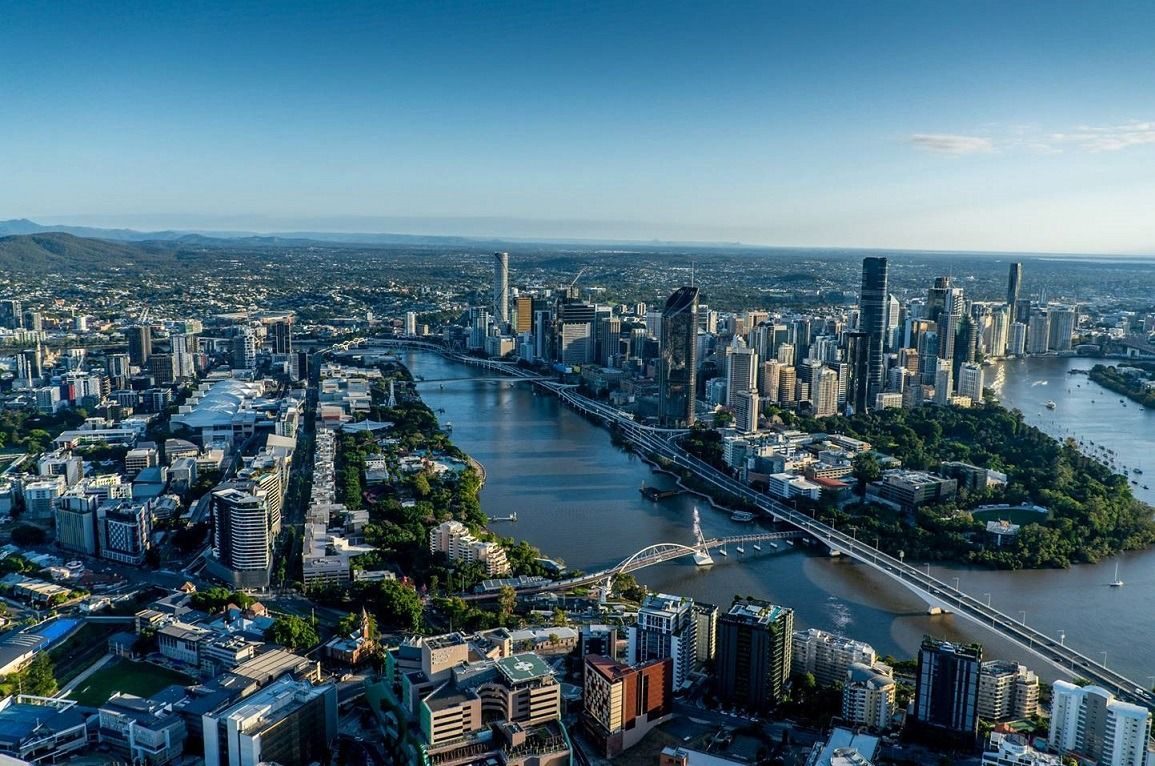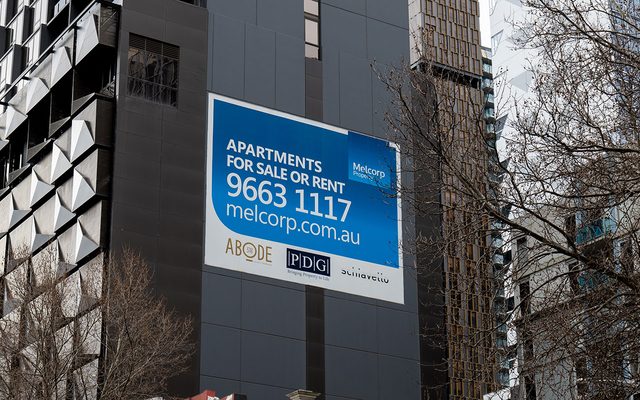This article is from the Australian Property Journal archive
SUNSHINE state vacancy rates were stable in the March quarter, but that’s cold comfort to renters looking for a home who are still having to endure stubbornly low vacancies and a “long road to recovery” for the market.
The latest Real Estate Institute of Queensland (REIQ) Residential Vacancy Report shows rental availability across the state was at just 0.9%.
Of the 50 local government areas and sub-regions covered in the report, vacancy rates fell in 22, were stable in 10 and climbed in 18, compared to the previous quarter. The movements were confined to a modest 0.2% up or down change in most cases, so did not represent any meaningful difference.
REIQ CEO Antonia Mercorella said the rental market is “in no healthy state and it would be a long road to recovery”.
“Another quarter and it’s sadly the same old story of seriously scant rental availability right across Queensland,” Mercorella said.
Only one area, Mount Isa, with 3.4%, had a vacancy rate within the range that the REIQ classifies as “healthy” (between 2.6% to 3.5%). Isaac (1.7%), Lockyer Valley (1.4%), Cassowary Coast and Whitsundays (both 1.3%) offered the most choice.
More than half of the areas reported on were in extremely tight territory, hovering at 1% or below.
Rock bottom rates remained in Goondiwindi (0%), Charters Towers (0.1%), and Cook (0.1%). Things weren’t much better in Banana (0.2%), Tablelands (0.3%), Maranoa (0.4%), Southern Downs (0.4%), Maryborough (0.5%), Mareeba (0.6%) and Central Highlands (0.7%).
Of the regional centres, Mackay (0.6%) remained one of the tightest rental markets to break into, followed closely by Rockhampton (0.7%), Toowoomba (0.8%) and Bundaberg (0.9). Gladstone (1.2%) and Townsville (1.0%) offered renters ever-so-slightly more options.
Greater Brisbane was consistent with the state vacancy rate at 0.9%. Brisbane LGA (1.1%), inner city (1.3%), and middle-ring (1.0%) remained steady, while the outer-ring tightened slightly to 0.8%.
According to Domain, Brisbane rents in the March quarter lifted 3.3% for houses to a median of $620 per week, and by 5.4% for units to $490.
Logan (1.0%), Caboolture (0.9%), Pine Rivers (0.9%), Redland (0.9%), Ipswich (0.8%), Moreton Bay (0.7%), and Redland’s Mainland (0.6%) all experienced slight dips over the quarter, while Redcliffe saw a tiny uplift to 0.6%.
Redland’s Bay Islands took a dive down to 5.1%, but this market has remained well within the “weak” category for some time now, which is typical of a remote community.
Noosa rose by 0.5 to 1.9% this quarter – a market which remains turbulent rather than trending up or down. Queensland’s other tourism markets remained virtually unchanged this quarter, including Gold Coast (1.0%), Sunshine Coast (0.7%), Maroochy Coast (0.8%), Fraser Coast (0.8%), Hervey Bay (0.8%), Cairns (0.7%), and Caloundra Coast (0.6%).
“For prospective tenants, completing applications and viewing rental properties can be very time-consuming and a difficult juggle around work and other commitments, but are necessary steps for the best chance of success.
“However, when rental supply is at crisis levels, especially at the affordable end of the market, inevitably it means some rental applicants aren’t ever making it to the top of the pile, are left feeling exhausted, and could be running out of options.”
Build-to-rent no “silver bullet”
“This is where we need to see government support step up in the form of social housing and rental assistance to keep the most vulnerable people in our communities housed,” Mercorella said.
“At the same time, the longer-term solutions including a concerted effort towards improving productivity and affordability of the construction of new dwellings are essential to fixing this supply issue.
Queensland industry leaders were supportive but sceptical about the viability of the Miles government’s ambitious new Homes for Queenslanders housing plan released in February.
The $3.1 billion plan comprised five “pillars”, being building homes faster, including an incentivising infill fund and pilot ground lease model, support for renters in the form of a rent relief package and law changes to regarding rent bidding, helping first homeowners into the market, putting $1.25 billion towards delivering 5,3500 social homes by 2046, and an additional $390 million in funding for homelessness services.
Mercerolla said that while the REIQ agrees that build-to-rent initiatives could also be an important piece of the puzzle to boosting supply, “we don’t see it being the ‘silver bullet’, and the rental market will still heavily rely on everyday citizen investors choosing to rent out their properties”.
The REIQ believes the incentives given to institutional investors should be extended to private investors, Mercorella said.
She also said that property managers are still “overwhelmed” by the volumes of applications and the inability to give every applicant a property, no matter how perfect a tenant they would make.




